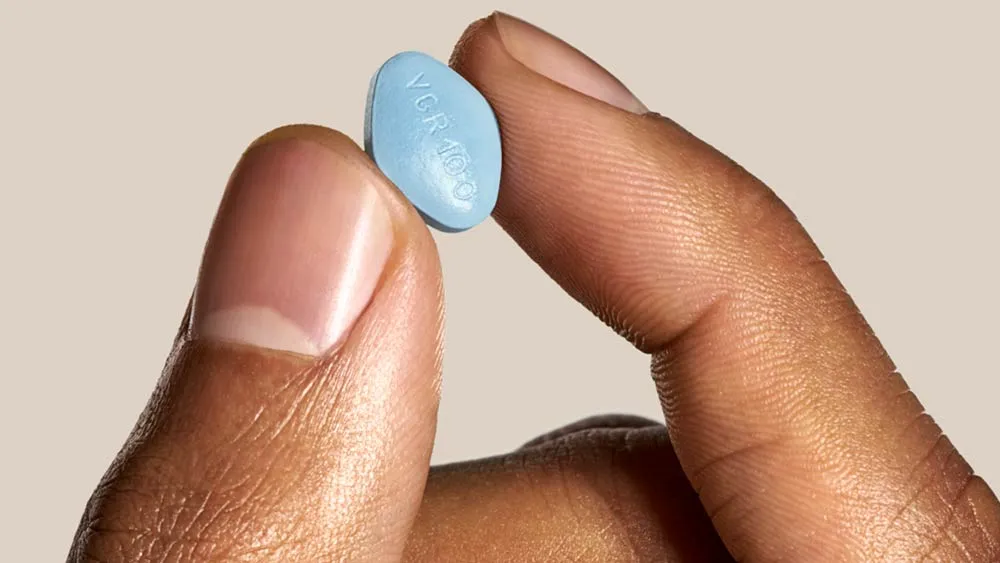August 4, 2011
New HIV Infections in US Hold Steady at 50,000
Kilian Melloy READ TIME: 2 MIN.
The number of Americans newly infected with the AIDS virus each year has been holding steady at about 50,000, according to a government report released Wednesday.
But a U.S. health official said just keeping the number stable was unacceptable, noting a dramatic increase in new HIV cases among young gay and bisexual black men.
"We've made accomplishments in driving down the rate of new infections," said Dr. Kevin Fenton, the AIDS prevention chief for the Centers for Disease Control and Prevention. "The charge now is to continue that trajectory and take that 50,000 down further."
The annual number of new infections peaked at 130,000 in the mid-1980s, he said.
Gay and bisexual men account for the majority of the new cases - nearly two-thirds in 2009. Heterosexuals accounted for 27 percent and injection drug users represented 9 percent of new infections.
The only increase over the four years was in young gay and bisexual men, driven by a 48 percent increase among blacks ages 13 to 29. Fenton said that's one of the areas where prevention efforts need to be focused.
"The reality is that we just cannot allow another generation of gay men to be lost to what is essentially a preventable disease," he said.
For many years, U.S. health officials put the annual number of new HIV infections at 40,000. But three years ago, they said their estimate had been too low. Using new methods and a better blood test, the CDC revised their estimate higher, to roughly 56,300 new infections in 2006.
The latest CDC report used the new methods to look at trends over four years, and found that there were about 50,000 new infections each year from 2006-2009.
The CDC report was published Wednesday in the journal PLoS One. The figures were calculated from data in 16 states and two cities. Estimating new infections is complicated; it can take many years for an infection to cause symptoms and illness. The new blood test can tell how recent an infection occurred.
People with HIV are living longer and healthier lives now, bringing the number of Americans living with the virus to about 1.1 million. So the fact that the number of infections didn't increase is a "bit of good news," Fenton said.
"In a sense, we are holding HIV incidence at bay," he said.
Kilian Melloy serves as EDGE Media Network's Associate Arts Editor and Staff Contributor. His professional memberships include the National Lesbian & Gay Journalists Association, the Boston Online Film Critics Association, The Gay and Lesbian Entertainment Critics Association, and the Boston Theater Critics Association's Elliot Norton Awards Committee.


